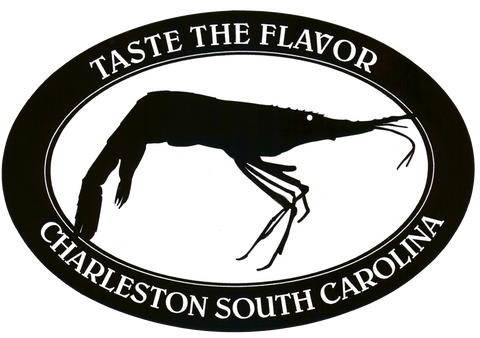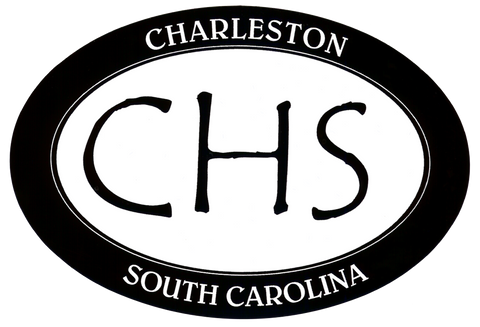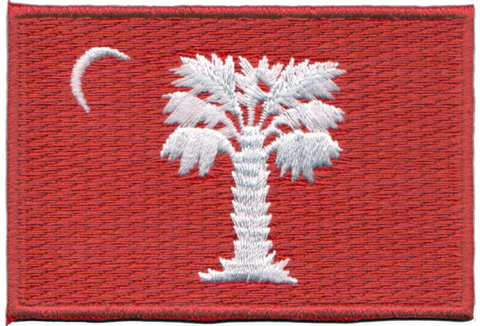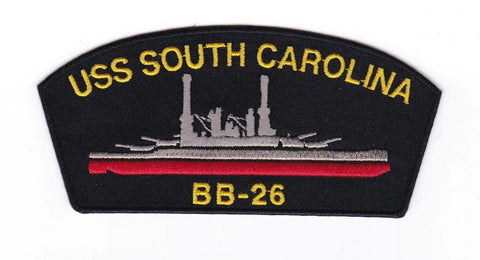Best Friend of Charleston
$5.00
The Best Friend of Charleston Embroidery Emblem 3" x 3-1/4" 100% Embroidery
In the 1820’s, the bustling seaport of Charleston experienced an alarming economic recession as settlements expanded inland and westward. With the decrease in commerce, Charleston merchants began aggressively investigating avenues to revitalize the floundering economy. At this time, Europeans were just beginning to experiment with the concept of a “Rail Road;” a new means of transportation that employed a “locomotive” propelled along rails by steam power.
In 1827 Charleston merchants persuaded the state legislature to charter the “South Carolina Canal and Rail Road Company” to investigate the feasibility of a rail road system connecting Charleston with inland markets and a canal between the Ashley and Savannah Rivers to divert from the Savannah River to Charleston.
In 1830 the engine arrived by packet ship from the West Point Foundry in New York. It was assembled and tested. Dubbed “Best Friend of Charleston” by eager merchants, the train made its premier trip on Christmas Day 1830, becoming the first steam locomotive in the US to establish regularly scheduled passenger service. It ran along six miles of wood and metal rails terminating near the junction of State and Dorchester Roads. This first trip was described by the “Charleston Courier” on December 29:
“The one hundred and forty-one persons flew on the wings of wind at the speed of fifteen to twenty-five miles per hour, annihilating time and space…leaving all the world behind. On the return we reached Sans-Souci in quick and double quick time, stopped to take up a recruiting party-darted forth like a live rocket, scattering sparks and flames on either side-passed over three salt creeks hop, step and jump, and landed us all safe at the Lines before any of us had time to determine whether or not it was prudent to be scared.”
Until this time, travel had been limited to road conditions and river navigability. More times than not, roads were dry and dusty or wet and soggy, undependable whether being traveled by coach, horseback, or foot. Waterway navigation was severely limited to the course, water flow, depth and tides of the river systems. Both means of transportation were totally dependent upon weather and temperature conditions.
The railroad transcended these obstacles and brought economic prosperity back to Charleston. Within five months of the “Best Friend’s” debut, a second locomotive, the “West Point,” arrived in Charleston. One month later, the rail line reached Woodstock, a point between Charleston and Summerville. Then, tragedy struck. A careless fireman unwittingly caused an explosion. It killed him, scalded the engineer and destroyed the “Best Friend.” The accident proved only a minor set back to the railway transportation system. Within three years, the rail road boasted of six locomotives, including the “Phoenix,” an engine constructed from the “Best Friend’s” remains.
The “Best Friend” did much in its short life. It returned economic prosperity to Charleston and it instituted regularly scheduled steam passenger service. In doing so, it completely revolutionized America’s transportation. The “Best Friend of Charleston” was indeed, ”The little engine that did!”






Share this item: